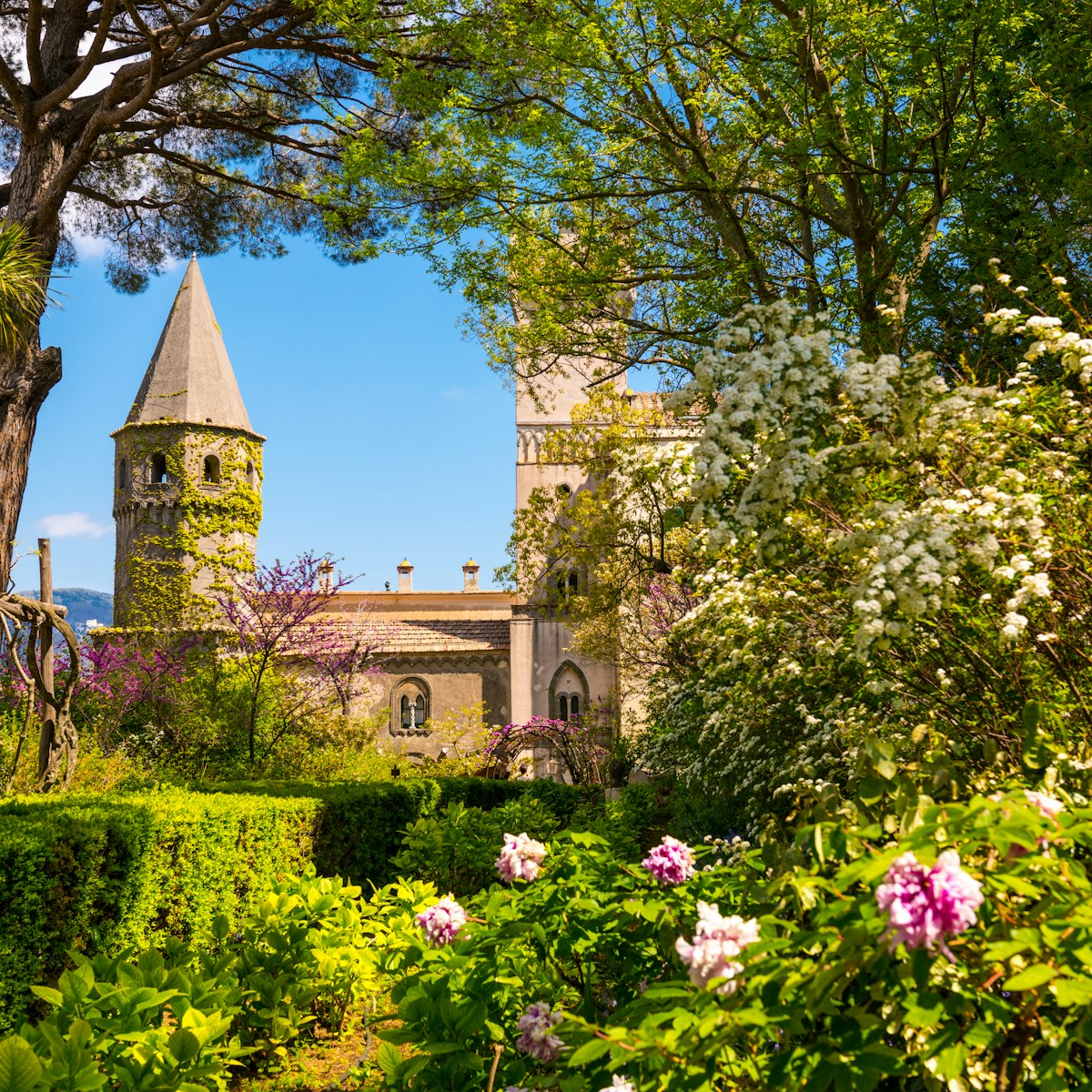Very different to Pompeii, Paestum’s ruins are smaller, older, more Greek and – crucially – a lot less overrun. Consequently, it is possible to steal some reflective moments here as the sun slants across the giant Doric columns of this once great city of Magna Graecia (the Greek colony that once covered much of southern Italy). Take the train to Paestum station. Buy your tickets in the museum, just east of the site, before entering from the main entrance at the northern end.
Paestum was probably founded by Greeks from Sybaris in the 6th century BC. It later became a Roman city, but was abandoned in the Middle Ages. The ruins were rediscovered in the 1760s, but not fully unearthed and excavated until the 1950s.
The first structure is the 6th-century-BC Tempio di Cerere; originally dedicated to Athena, it served as a Christian church in medieval times.
As you head south, you can pick out the basic outline of the large rectangular forum, the heart of the ancient city. Among the partially standing buildings are the vast domestic housing area and, further south, the amphitheatre. Both provide evocative glimpses of daily life here in Roman times. In the former houses you'll see mosaic floors, and a marble impluvium (cistern) that stood in the atrium and collected rainwater.
The Tempio di Nettuno, dating from about 450 BC, is the largest and best preserved of the three temples at Paestum; only parts of its inside walls and roof are missing. The two rows of double-storied columns originally divided the outer colonnade from the cella, or inner chamber, where a statue of the temple deity would have been displayed. Despite its commonly used name, many scholars believe that the temple was actually dedicated to the Greek goddess Hera, sister and wife of Greek god Zeus.
Almost next door, the so-called basilica (a temple to the goddess Hera) is Paestum’s oldest surviving monument. Dating from the middle of the 6th century BC, it’s a magnificent sight, with nine columns across and 18 along the sides. Ask someone to take your photo next to one of the columns: it’s a good way to appreciate the scale.
Save time for the museum, which covers two floors and houses a collection of interesting bas-relief friezes, plus numerous frescoes dating back to the 5th century BC.
The archaeological site and adjoining museum are particularly evocative in spring when they are surrounded by scarlet poppies.



